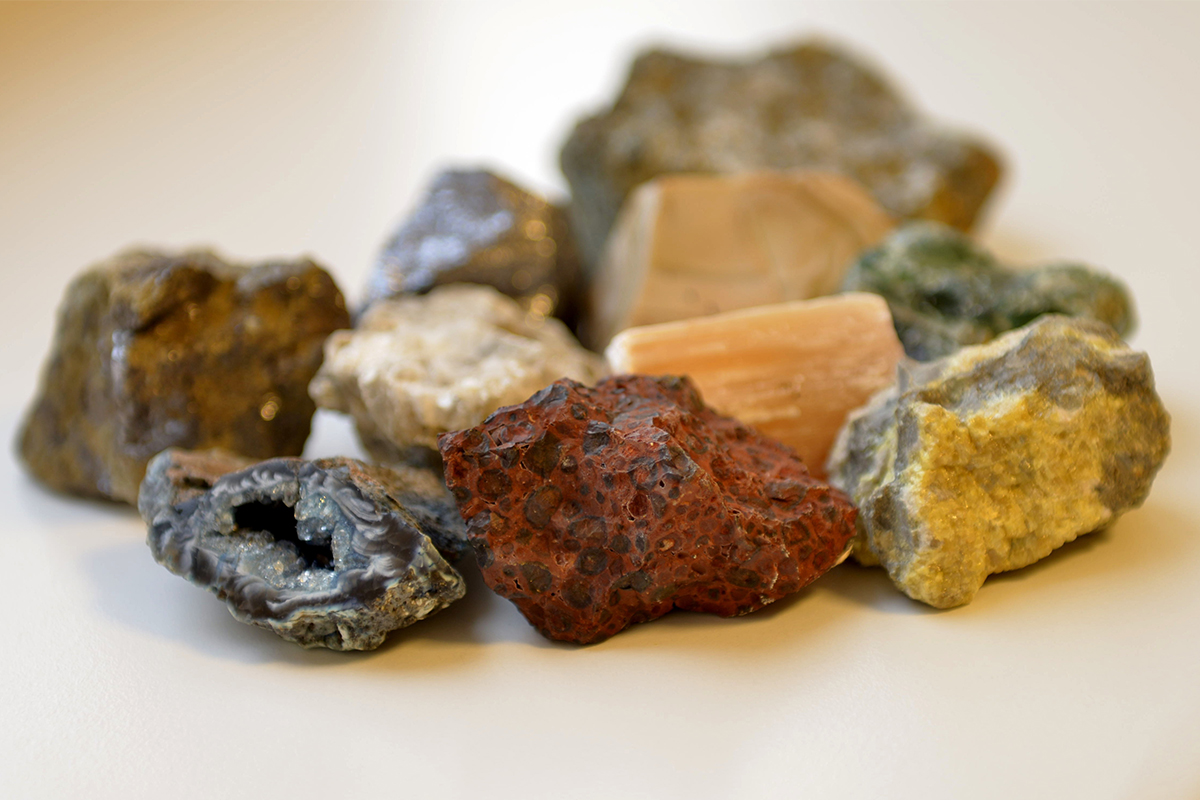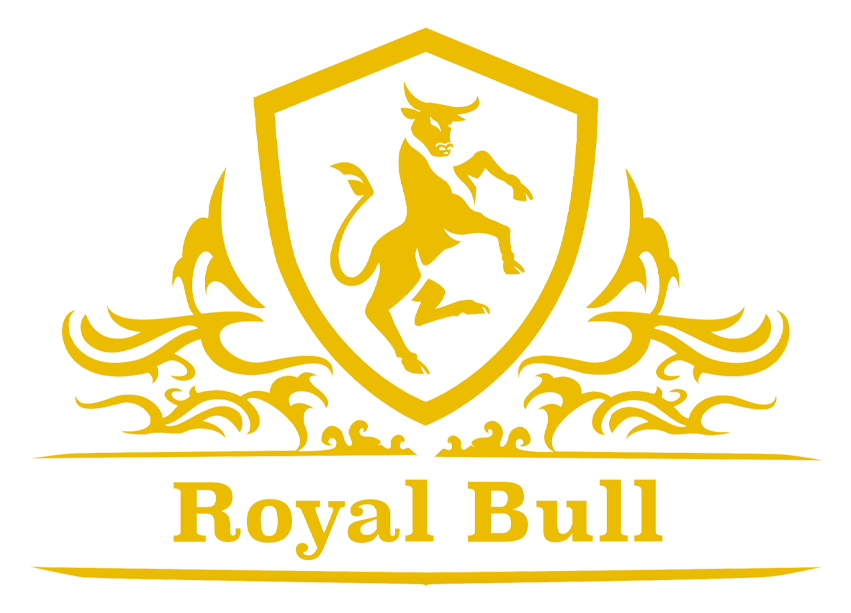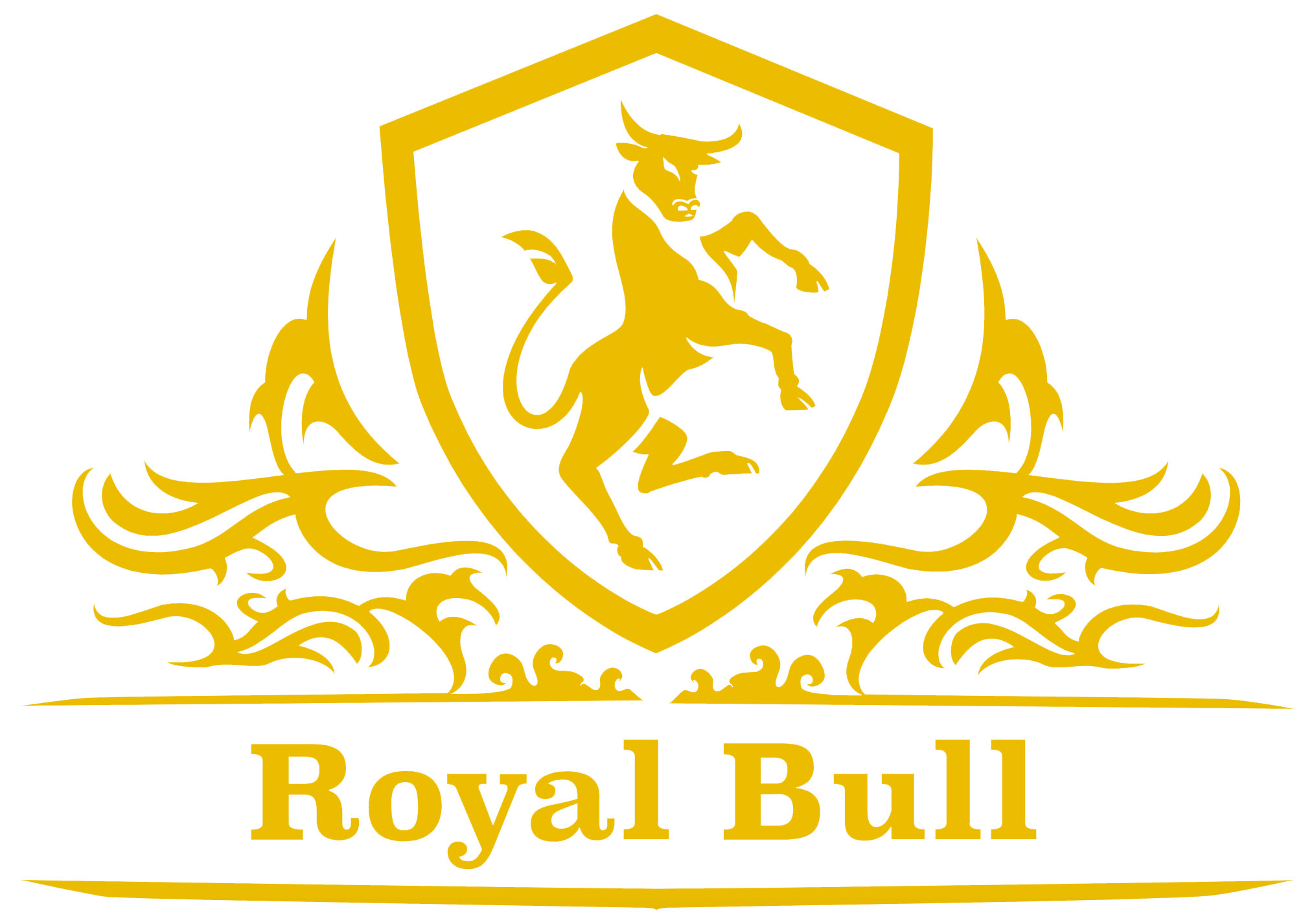What is the Difference Between Precious Metals and Base Metals?

Precious metals are highly sought after metals with high value. Examples of precious metals include gold, silver and platinum. Base metals have lower values and have inferior properties. Examples of base metals are zinc, iron and nickel.
That explanation may be too simplified for some readers, so let’s explore more to fully understand the differences between the two metals. Let’s dive deeper!
What is a base metal?
Although on a pound-for-pound dollar-value comparison base metals are not as valued as precious metals since they are often more abundant, they still have huge value for humanity, especially for industry.
Copper is used to make a wide range of useful things: tools, musical instruments, wire and even kitchen sinks.
Aluminum allows us to drink from soda cans, it is also used to make beer kegs and even airplane parts.
Lead is used to make car batteries, weights and tank lining for corrosive liquids.
Nickel is essential for armour plating and rechargeable batteries.
Zinc is used to prevent rusting (galvanized steel).
These are just a few of the many practical uses of base metals. But since base metals easily tarnish and corrode over time their uses are limited, and are not usually great ways to store wealth and their low value per ounce makes base metals challenging to store as investments.
Base metals are most often used for industry and their commodity market values often relate to the need for their products in manufacturing. For example, if we keep buying new cars, the prices of aluminum and nickel are likely going to continue to rise.
What is a precious metal?
Precious metals have the dual benefit of being highly valued for practical uses in industry, but also highly valued monetarily as they are far more rare than base metals. The most common precious metals are gold, silver and platinum.
Gold is a yellow, very dense metal that does not tarnish and has been used for millennia to exchange for goods and services as well as decorations and jewelry. Found most often in ore and mined for tens of thousands of years, people around the world have loved its natural beauty and sparkle. Gold (symbol “Au”) has often been used for trading, and made into jewellery, and is frequently used in religious ceremonies and ornaments in cultures around the world. More recently gold has been used in manufacturing since it’s a great conductor of electricity. (If you’re reading this from your phone, you are directly benefiting from gold!)
Silver (symbol “Ag”) is a grey-coloured metal that can be polished to a beautiful lustre. Its early uses were for trading, often after being minted. The precious metal can be sculpted into tableware, mirrors, and of course jewellery. Silver is a more reactive metal than others and so has many other practical applications in electronics, chemical equiment and photography.
Platinum is a metallic grey-white metal that has a later history than gold and silver. It wasn’t realized by Europeans until the 16th century, when the “white gold” was discovered and eventually purified to be made into ingots and utensils. Platinum is highly prized for its requirement in catalytic converters, dentistry equipment and even thermometers.
We hope that this has helped to explain the differences between precious metals and base metals, and offer some common examples of each. If you ever have questions about these two metals please reach out to Royal Bull. If you’re interested in buying or selling precious metals, including gold, silver and platinum, please take a moment to shop for some of our favourite and unique precious metal coins and bars that can help to diversify your investment portfolio.



